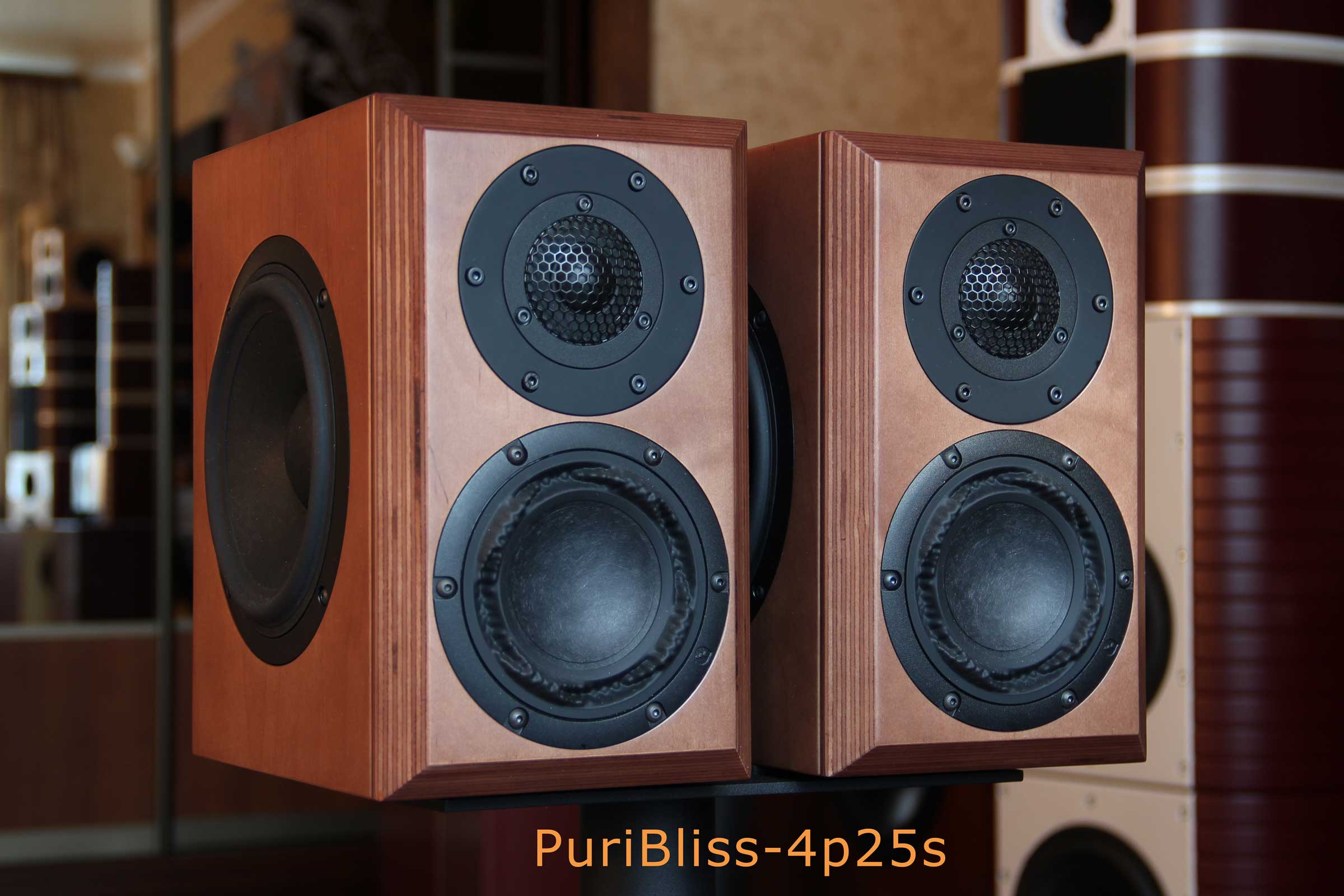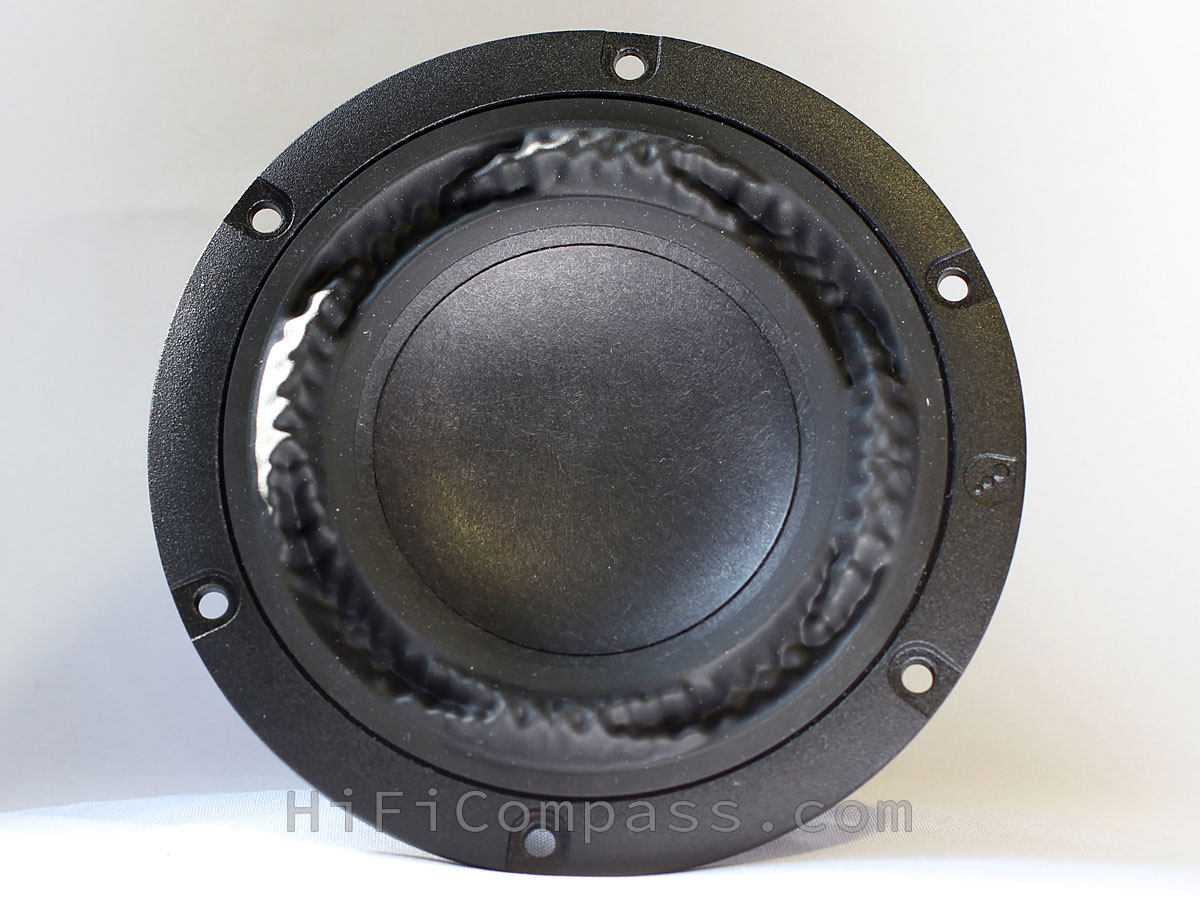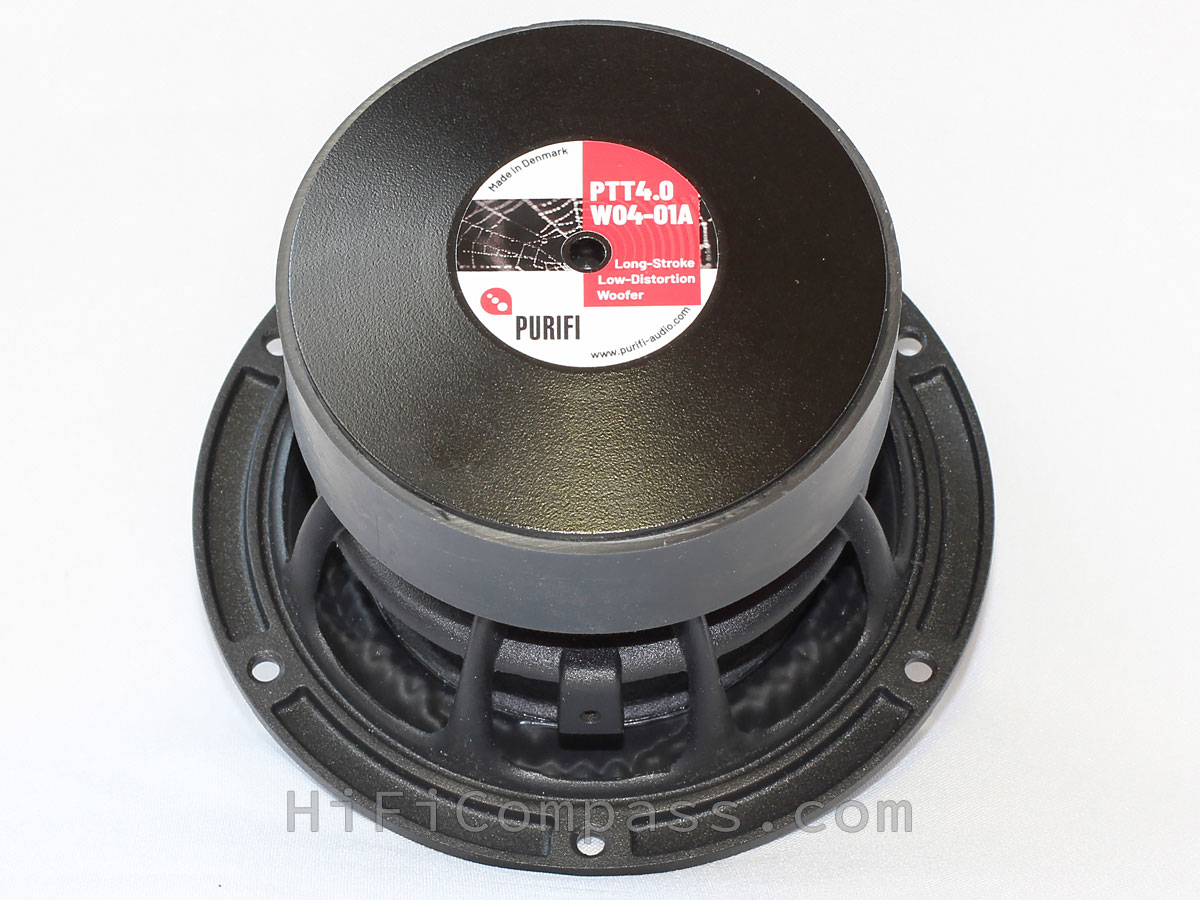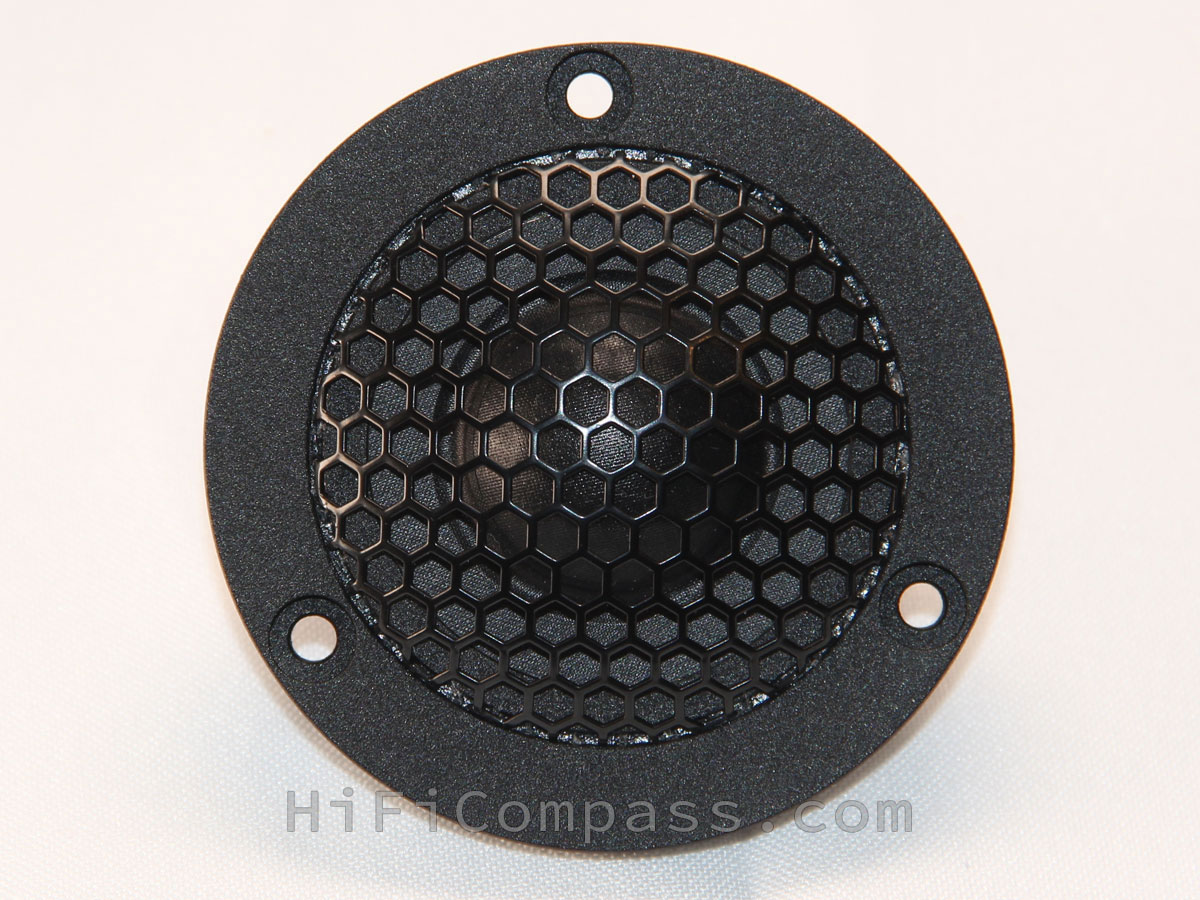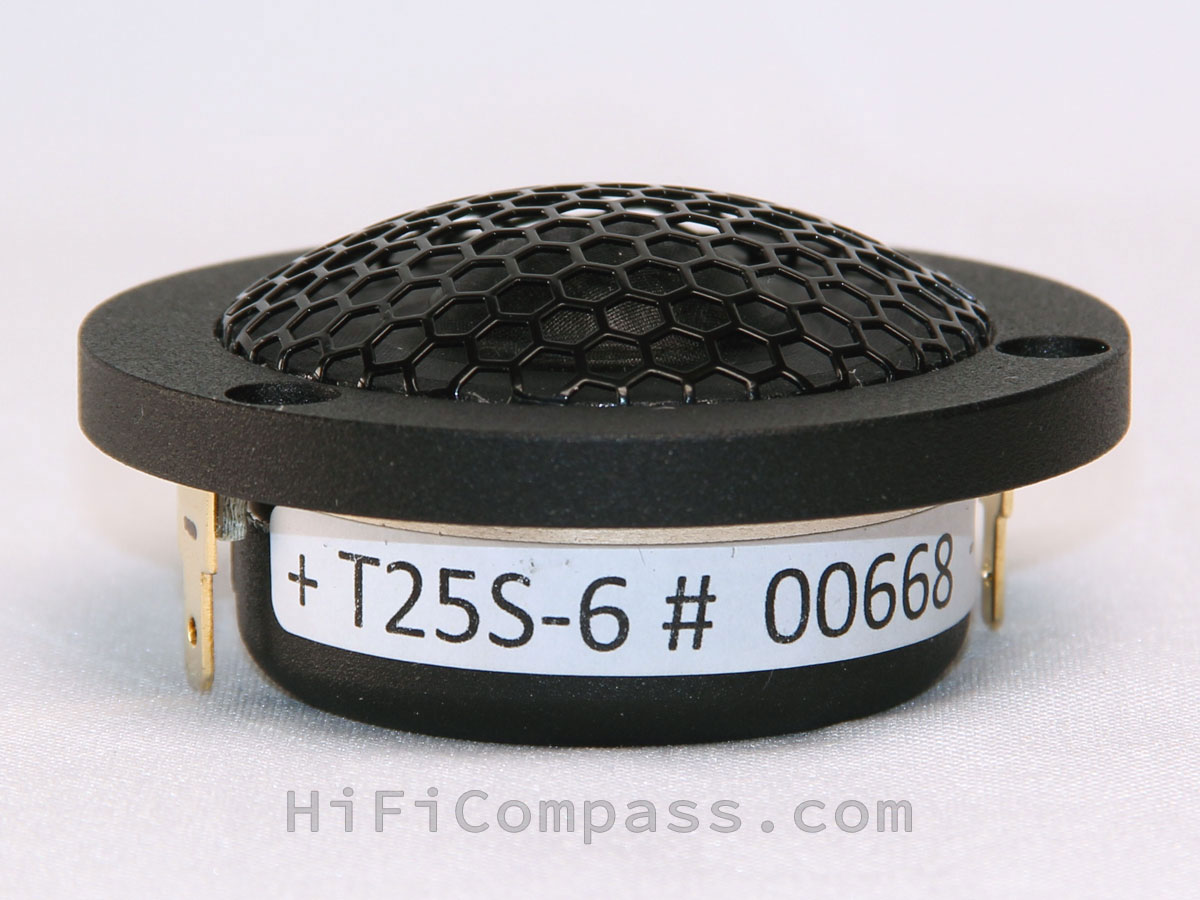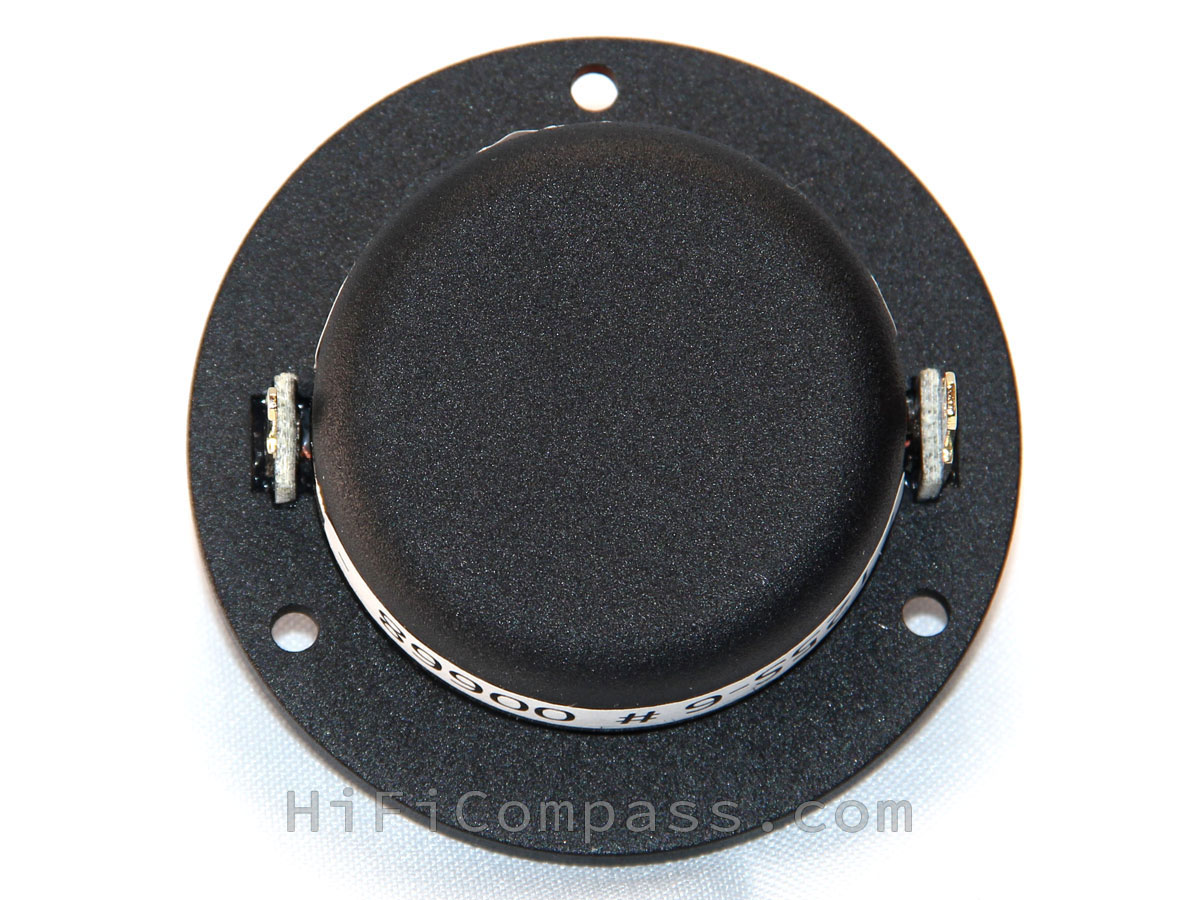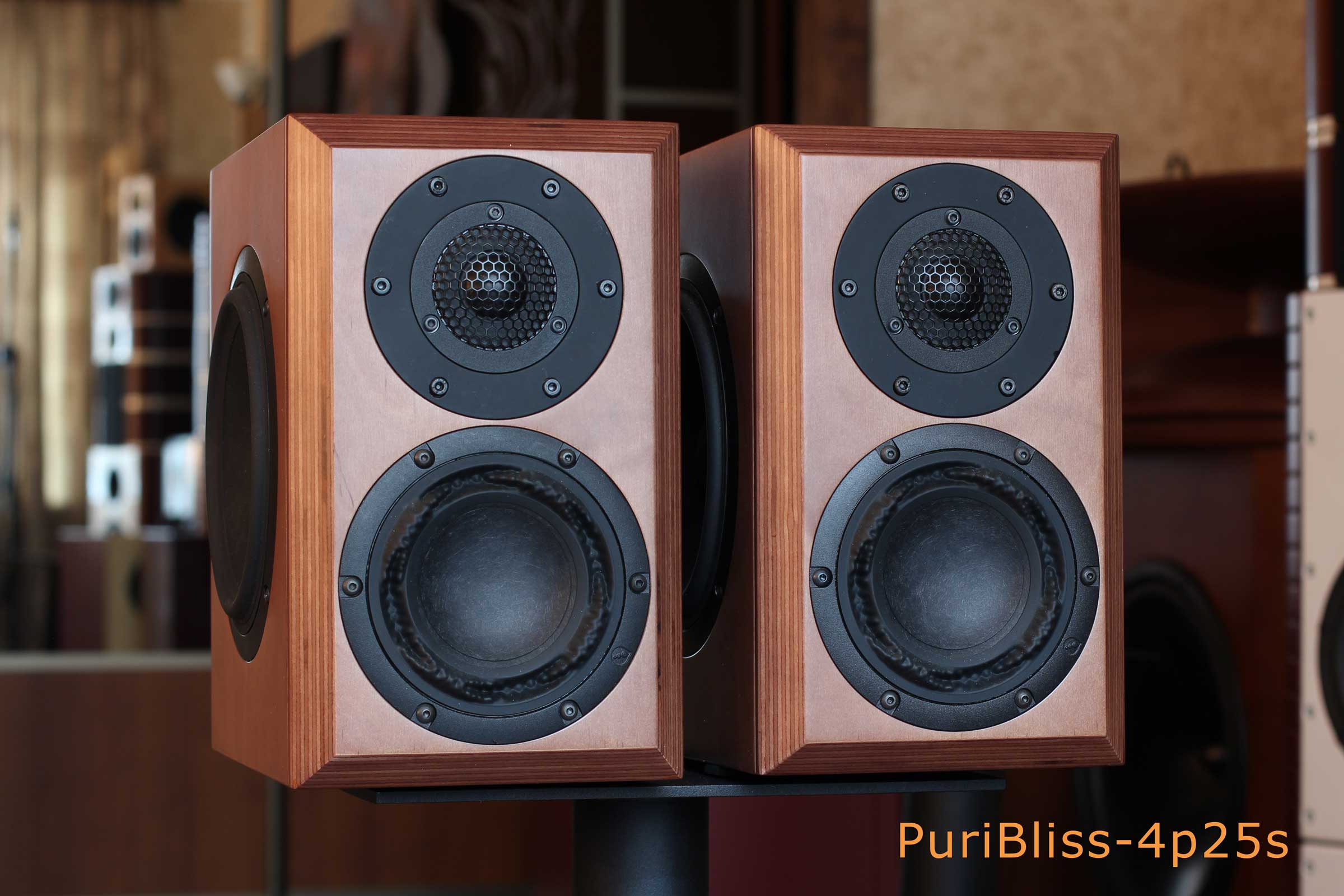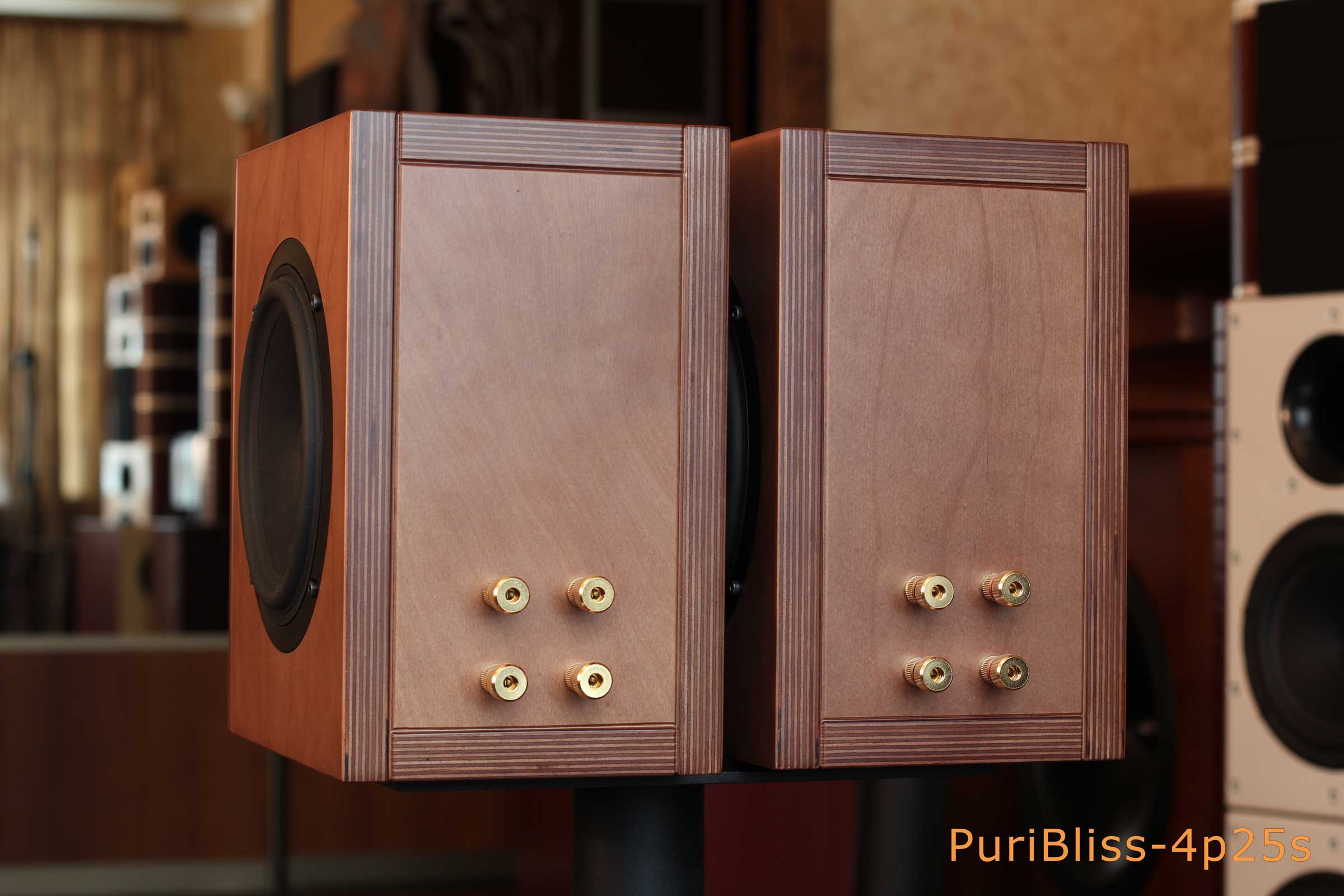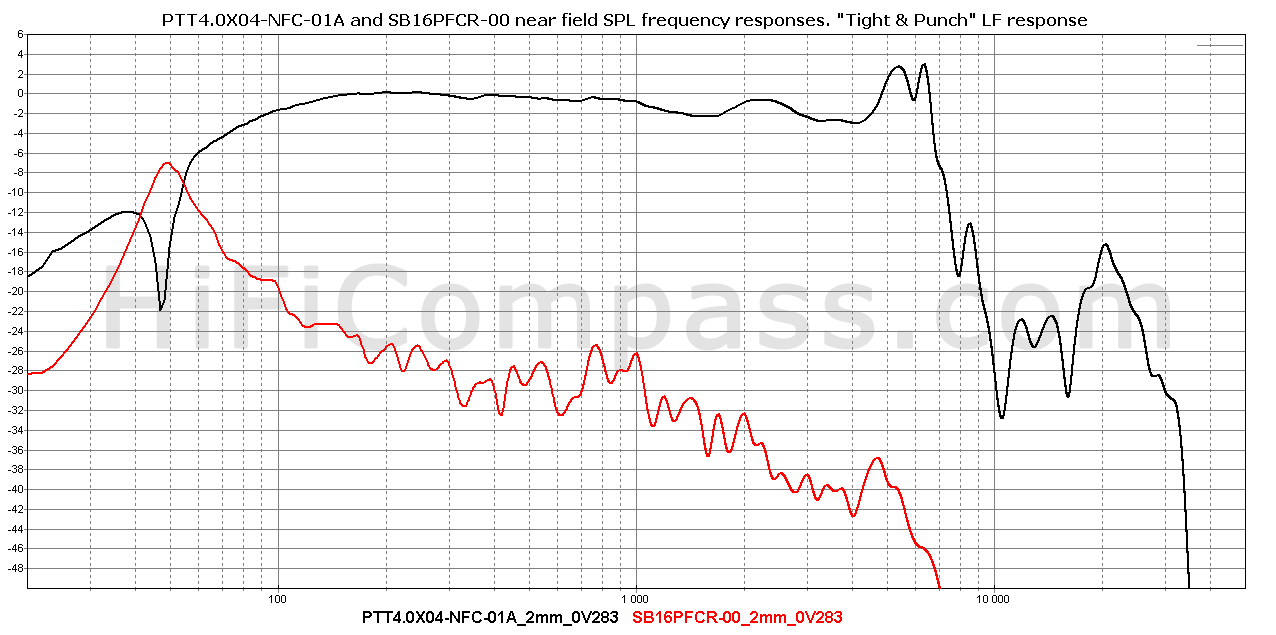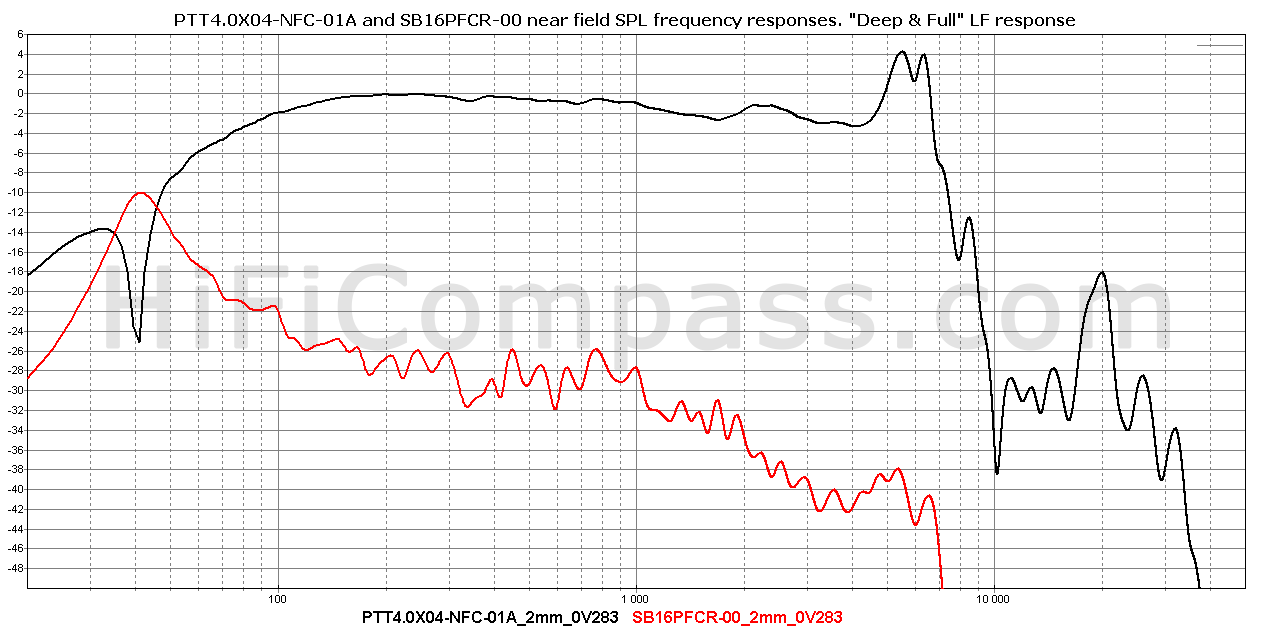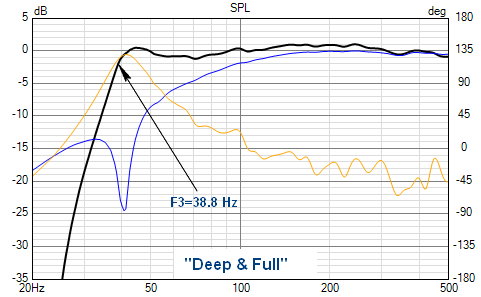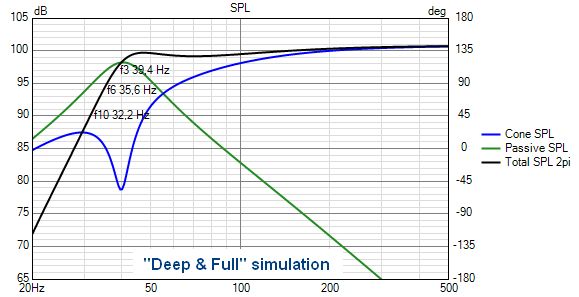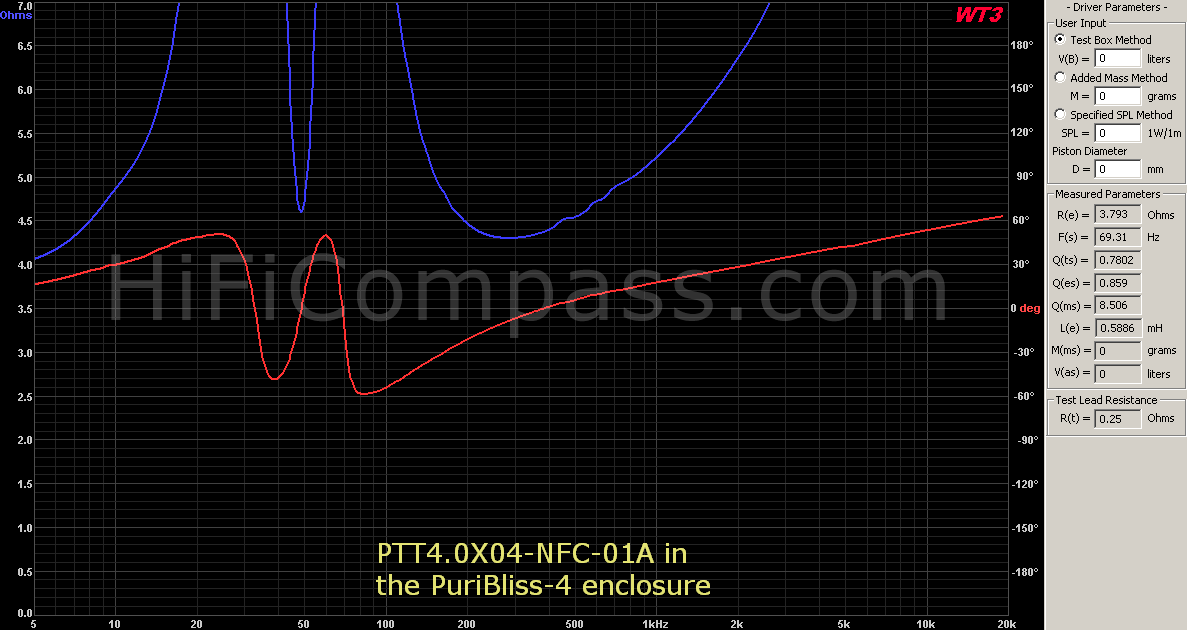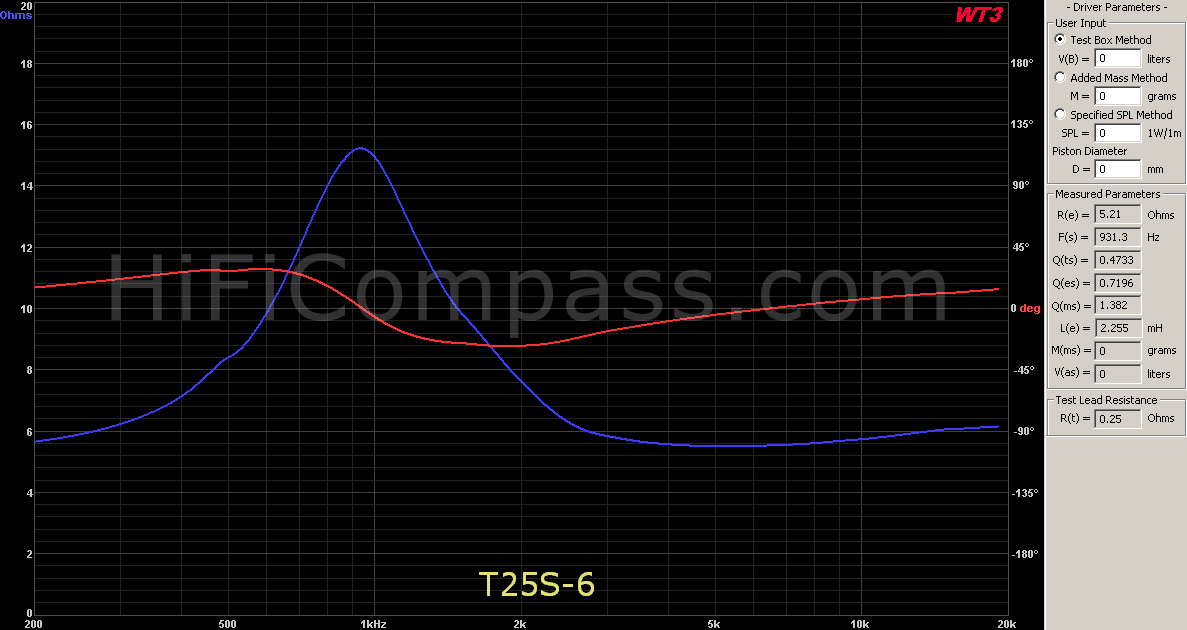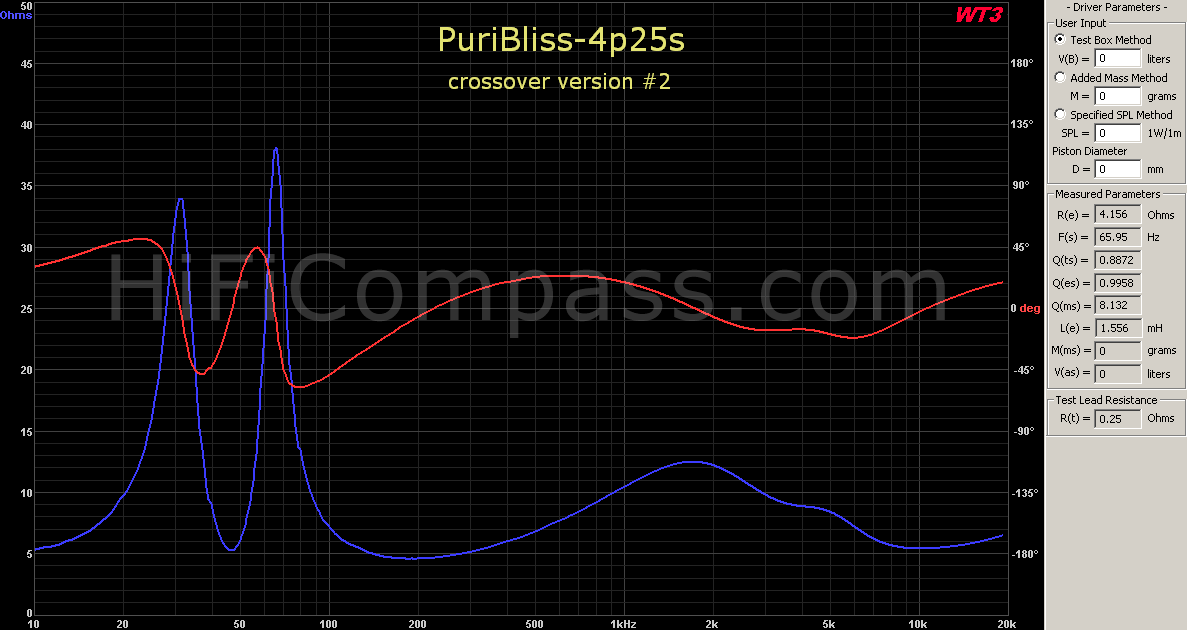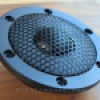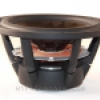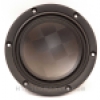HiFiCompass
PuriBliss-4p25s
The design concept and speaker drivers selection
In essence, the PuriBliss-4p25s project is almost identical to the previous PuriBliss-4p25b project and differs from it only in the type of tweeter and the necessary crossover correction. Therefore, to describe the design concept, I allow myself to self-cite the first section from the description of the project PuriBliss-4p25b:
The idea of building high-quality micro-speakers took possession of me back in October 2020, right after testing the Purifi PTT4.0W04-01A 4" midwoofer. At the time, I was still impressed by the PuriBliss-BeWg project, the scale, articulation of bass, clarity and transparency that these mid-sized bookshelves provided. Naturally, with the release of the Purifi's 4" midwoofer using the same technology as the larger models, I really wanted to see what sound could be achieved in the lightest weight category of bookshelf type speakers. The preliminary measurements instilled decent optimism in the success of the project and the usefulness of the time spent, otherwise, I would hardly have raised my hand to waste life resources for nothing.
So, the basis of the project will be a 4" Purifi PTT4.0W04-01A midwoofer. With the choice of tweeter too there was no doubt - definitely BlieSMa T25B-6, an excellent tweeter with beryllium membrane, one of the best available in the market, in many aspects unparalleled, and already by that time tried and tested in the previous project.
At the end of August 2021 the first prototype of the loudspeakers was assembled and..... oh my God! I must say that first impressions exceeded all my imaginable and unimaginable expectations! These micro-speakers turned out to be the speakers that surprised me the most in my life at that moment! I say this without exaggeration, I felt a real cognitive dissonance, the breakup of all templates and the collapse of all stereotypes. The size of the sound stage, the fullness and fundamentality of sound did not correlate with the size of the speakers. I could never have imagined that speakers the size of little more than two bread "bricks" could fill my room with such sound.
Okay, emotions aside. After the first experiments, I definitely decided that the project would be further developed using different tweeters, the good thing is that BlieSMa has as many as four types of different membranes on the T25 chassis.
Due to the fact that there will be several modifications, there was a need for their most capacious and logical naming. I'm sorry that the names of the models cannot boast of brevity, but there is no other way. This is how the designation of any model of the PuriBliss line will be deciphered:
PuriBliss-4p25bw:
PuriBliss=the name of loudspeakers series
-4=the midwoofer's size in inches (4", 5", 6" or 8")
p=the midwoofer membrane's material (p=Paper, a=Aluminium)
25=the tweeter membrane's size in milimeters (25mm, 34mm)
b=the tweeter membrane's material (b=Beryllium, s=Silk, a=Aluminium)
w=the waveguide version
The name of the PuriBliss line comes from the names of Purifi and BlieSMa and implies "Pure Bliss". This is what the listener is supposed to feel when listening to these speakers.
This project uses the BlieSMa T25S-6 silk dome tweeter. Not because it is better or worse than a similar beryllium tweeter, but because it has a slightly different sonic signature and can better satisfy the tastes of audiophiles who gravitate to a "softer" sound.
The project was originally conceived for manufacturing in amateur conditions, therefore, its design must satisfy the following logical requirements:
- Simple, unpretentious form
- Availability of materials for the loudspeaker cabinet
- Easy to manufacture parts and assemble the cabinet
- Acceptable aesthetic appearance
- Satisfying basic acoustic requirements
The best design, that meets all of the above requirements, turned out to be a classic construction in the form of parallelepiped, which some people like to call "shoebox" or "birdhouse". The material is most common 21mm plywood or 22mm MDF, I would not recommend smaller thicknesses. At this size, even without internal bracing, the rigidity of the enclosure is beyond praise.
Simple butt gluing with clamps at an angle of 90 degrees. Front panel chamfers at 45 degrees. The internal sound absorber is combined.
This design allows some freedom to change the size and type of chamfers of the front panel to your taste, up to rounding, this will not significantly affect the final result. Front panel dimensions and precise speaker placement are undesirable as they may require crossover adjustment.
In the photos below, the tweeter is mounted through a ring adapter with a diameter of 105 mm. In fact, there is no adapter in the final construction of the loudspeaker, but here it is used only in order not to make separate boxes for the regular and waveguide versions of the project (waveguide with a diameter of 104 mm). Also, there is only one pair of binding posts in the final construction, rather than two pairs as shown in the photo.
A few pictures in the home interior:
The loudspeaker enclosure type
This project uses a "Passive Radiator" (hereinafter referred to as "PR") type low-frequency design. Such a technical solution comes to the rescue in cases where it is simply impossible to use a bass-reflex design, due to the fact that the port does not physically fit in a miniature loudspeaker cabinet. The design of the "Closed Box" for these kids is out of interest at all, and the "Transmission Line" will turn them into just ordinary medium-sized bookshelves.
For this type of design Purifi offers its own PR - PTT4.0PR-NF2-01, which is good by all means, except the price, which is at retail including VAT is about €100. With the need for installation of two units in one loudspeaker cabinet this leads to an increase in the cost of the project, not less than €400.
The search for possible alternatives led to an excellent solution from SB Acoustics - SB16PFCR-00 passive radiator. At a price of €22 a piece, it allows you to completely close the matter for only €88!
With such a price difference a natural question arises, what do we lose technically by using a much cheaper PR, and do we lose at all? The situation is not entirely unambiguous, I will give the strengths and weaknesses of each.
PTT4.0PR-NF2-01:
+ More linear suspension due to proprietary patented technology Purifi Symmetric Surround
+ More compact size, allowing for smaller loudspeaker enclosures if required
+ The smaller membrane area should provide about 6.5 dB less stray midrange leakage from the enclosure, i.e. provides an acoustically more sealed enclosure
- The price
SB16PFCR-00:
+ Due to the much larger membrane area (124 cm2 versus 56.7 cm2), it provides a greater maximum volume displacement of air. In general, its headroom is 25% higher than that of PTT4.0PR-NF2
+ Allows you to extract deeper bass from the loudspeakers (calculated F(-3dB)=44 Hz vs. 50 Hz for PTT4.0PR-NF2-01), even if at the cost of a slightly greater frequency response uneveness at the lowest frequencies
+ The price
- More mid-range leakage from the loudspeaker cabinet due to the larger membrane area
- Large dimensions
For fine tuning, you will need electronic kitchen scales and weights of additional mass, which are convenient to use ordinary metal washers, which are readily available in almost any building supermarket.
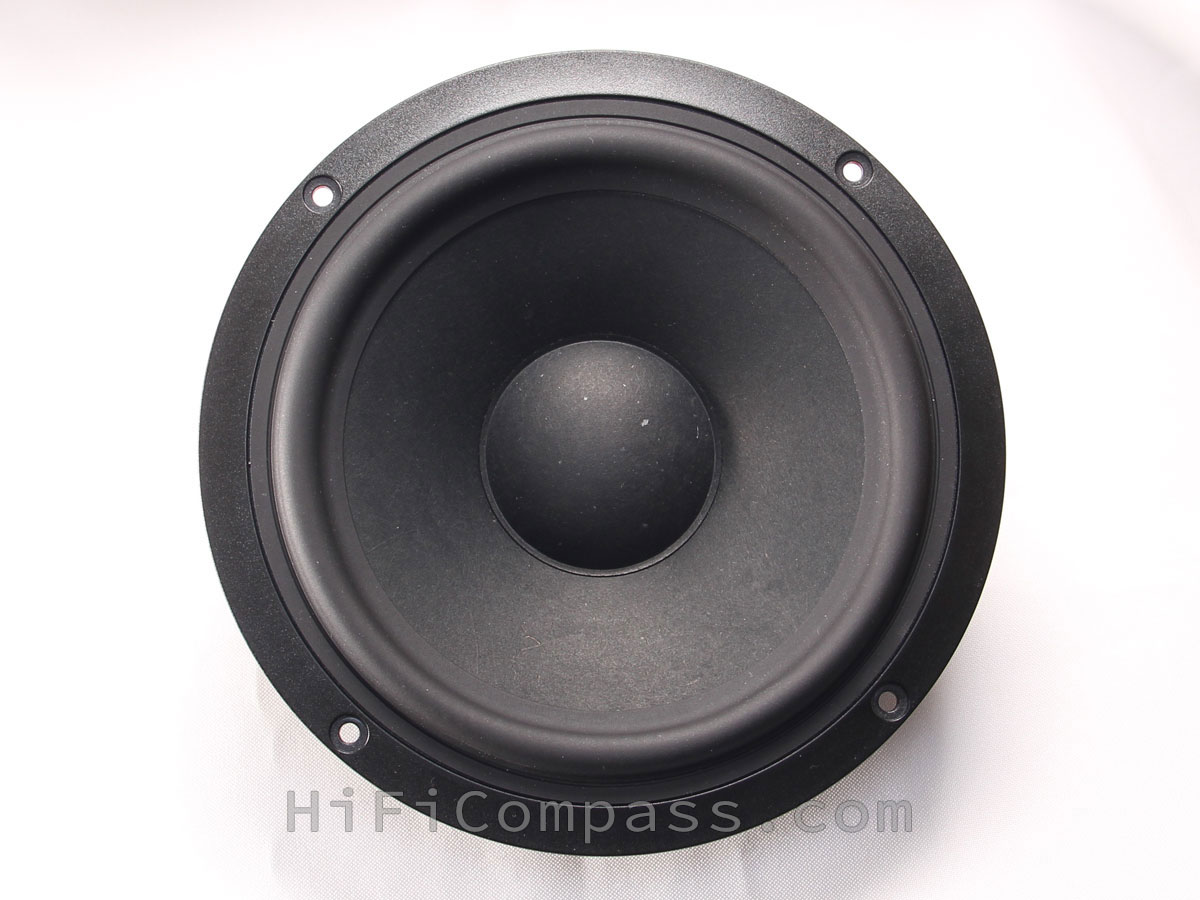 |
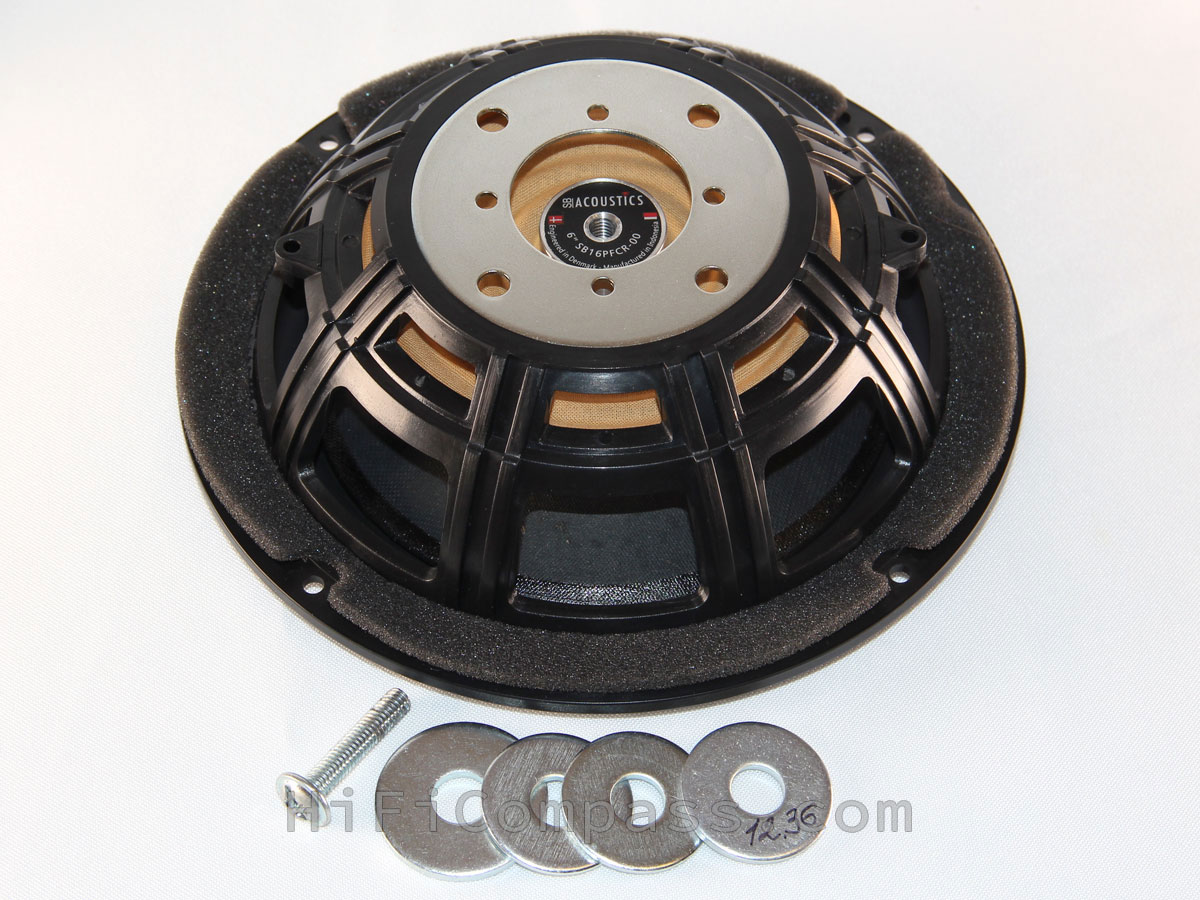 |
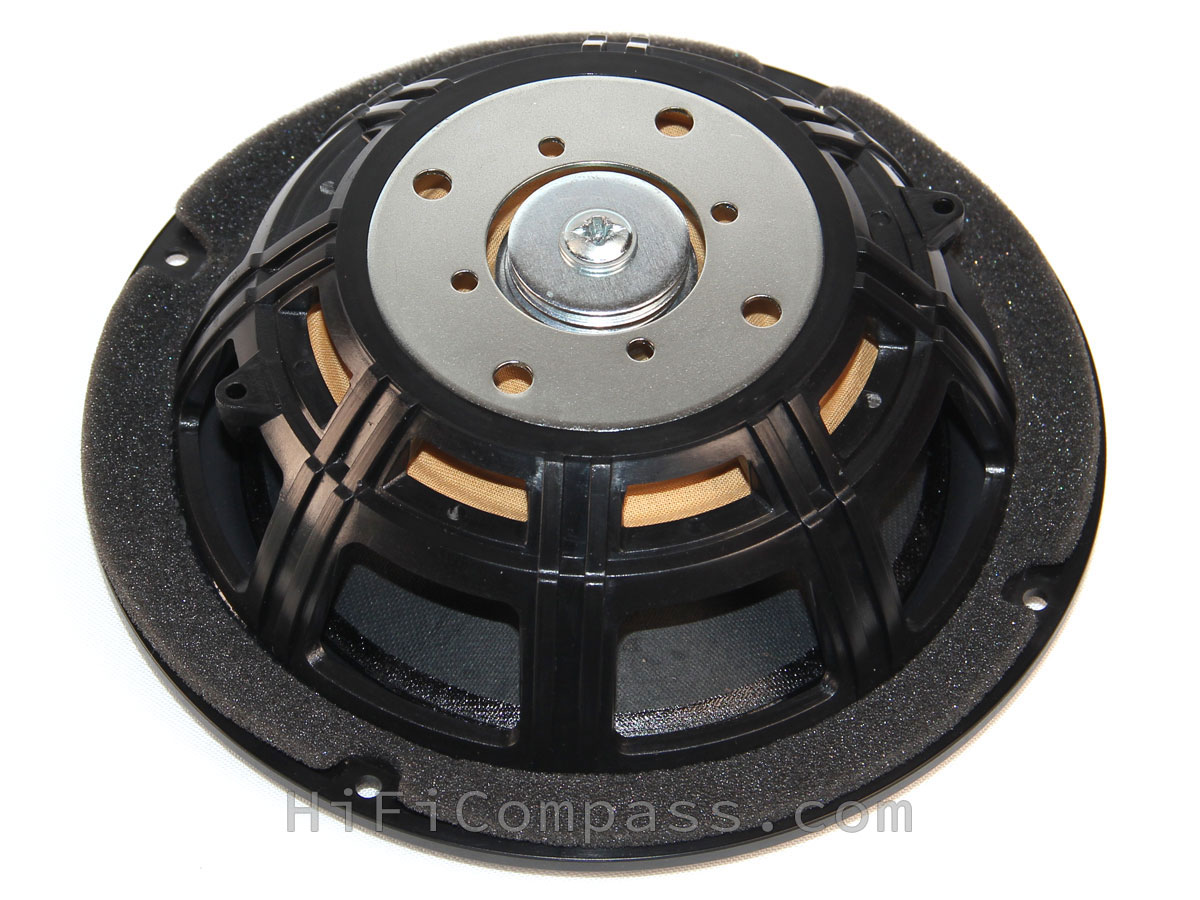 |
The choice of the loudspeaker low frequency tuning is never unambiguous, but always a compromise, taking into account various factors, often contradictory - depth of bass or its tightness, more weighty bass or more punchy, preferred musical genres, acoustic listening conditions, interaction of the loudspeaker and the listener with room bass mods, individual taste preferences. Except for one single case - when you buy a ready-made branded loudspeakers and there is nothing you can do about it, because this choice has already been made for you by the manufacturer on its taste![]() . The one who builds the loudspeakers himself has his hands free and he has the opportunity to choose his own, the closest to him compromise in his listening conditions.
. The one who builds the loudspeakers himself has his hands free and he has the opportunity to choose his own, the closest to him compromise in his listening conditions.
Of the variety of low-frequency settings that I have tested, achieved by combining the internal enclosure volume, added mass, and different damping of the PR resonance during the loudspeaker design process, I can recommend the following three:
The "Tight & Punch" setting of the LF response
Below are the near-field responses of the bass driver and PR, without any corrections for the membrane area. Time window is 500 ms, smoothing is 1/12 octave:
And now the result of an accurate addition, taking into account phase relationships, in the VituixCAD software (God bless and prosper to these guys![]() ):
):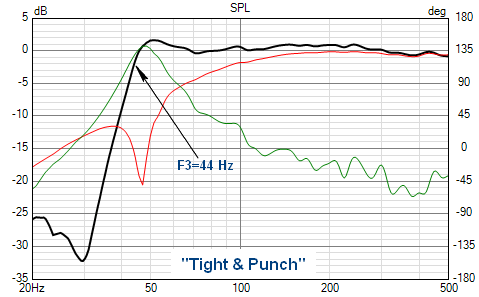
And here is what the VituixCAD simulator draws for these conditions: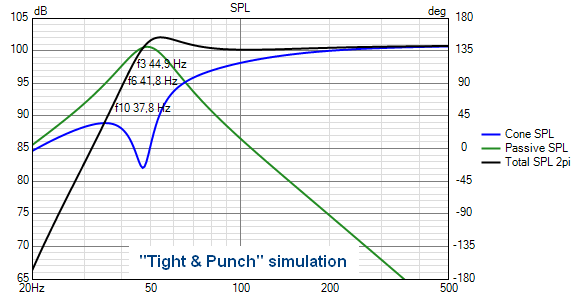
As you can see, there is an excellent correspondence between the results in practice and in the simulator. The lower cutoff frequency is F3=44 Hz, but there is a hump in the frequency response of a couple of dB. Not exactly the curve that most audiophiles dream of, but I assure you, it deserves attention. This is the most driving setting, which also can sound a little louder than others before the bass overload! It is perfect for rhythmic dynamic music with short bass notes. Rock, pop, disco, blues - they sound very driving and expressive on the bass, which here is incredibly dense and punchy. Double bass, bass guitar and all sorts of "oriental" drums often can be a little boomy. How tolerant you are of this is up to you.
The "Deep & Full" setting of the LF response
Here there is also a very good correspondence between theory and practice. The most meaty and full-bodied setting. Lower cut-off frequency is F3 = 39 Hz (don't forget, this is for bookshelf speakers with a 4" midwoofer!) and there is a very small hump in the frequency response. Not as driving as the previous setting, but more "fat" and more even in perception. It is universal, for all music genres.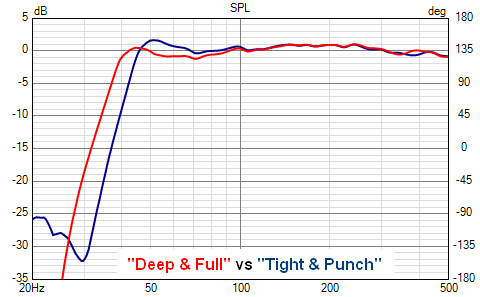
The "Balanced" setting of the LF response
This is the setting with the most "correct" frequency response and character somewhere in the middle between the previous two. For perfectionists and bores![]()
The speaker drivers measurements in the loudspeaker cabinet
The graphs below show the frequency response of the midwoofer and tweeter installed in the loudspeaker cabinet. The measurements were taken on an axis perpendicular to the front panel and crossing it through the center of the tweeter. Other measurement conditions are shown in the graphs. I draw your attention to the fact that the frequency responses are given without smoothing, with measurement time windows of 30 ms for the midwoofer and 3 ms for the tweeter:
The frequency response of the midwoofer does not imply any serious problems when designing the crossover, but the frequency response of the tweeter below 5 kHz is spoiled by parasitic diffraction from the edges of the front panel. In addition, a 3-4 dB hump in the upper octave needs to be corrected.
The "Baffle-step loss" effect is clearly pronounced on the frequency response of the midwoofer, although it is not easy to determine its exact limits on these measurements. Two plateaus are clearly visible at levels of about 79 dB up to 200 Hz and 82 dB in the range of 700 - 1700 Hz.
Below are the speakers impedance frequency responses in the loudspeaker cabinet:
From the midwoofer impedance graph, you can see that the stray standing waves inside the cabinet are well suppressed.
Crossover #1. The measurements
This happened in the case of PuriBliss-4p25s too. Of all the crossover versions I settled on two, which has certain advantages and has every chance of winning the fight for its listener.
A bit of backstory. In the spring of 2022 Purifi presented the SPK8 demo loudspeakers at HighEnd-2022 show in Munich with the same midwoofer, but with their own passive radiators PTT4.0PR-NF2 and a different tweeter (berylium dome BlieSMa T25B-6). The loudspeakers received very high marks from visitors. The documentation of this project is not published on their website yet, but you can find it in the thread on the DiyAudio.com forum. The project is very clever, the crossover frequency is chosen quite rationally, but its highlight is the fight with resonant amplification of midwoofer current harmonics by increasing the output impedance from the LF filter side at 5kHz membrane resonance frequency with a parallel notch. An excellent method, well described in their apnote Low Distortion Filter for PTT6.5X04-NAA.
In order not to reinvent the wheel, the SPK8 crossover was assembled and carefully listened to. It was necessary to determine its strengths and weaknesses and understand whether something could be improved at all. The very fact that my project appeared is the answer to all questions![]() .
.
The crossover topology of version #1 differs significantly from the SPK8, although the transfer functions of the low-pass and high-pass filters are very, very close to each other. I managed to implement a fairly satisfactory summation using a second-order electric high-pass filter (my principled position), and not the third, as in SPK8. The main "trick" is a completely different topology of the low-pass filter, thanks to which it was possible to significantly increase the output impedance in a wider frequency range. For comparison, at the same output impedance as the SPK8 at a 5 kHz membrane resonance frequency, the low-pass crossover filter #1 provides 6.75 times the output impedance, averaged over a range of 2 to 20 kHz. This contributes to significantly higher rejection of all non-linear products generated in the midwoofer voice coil circuit.
Below are on-axis and off-axis frequency response measurements with the first version of the crossover providing optimal sound in my listening room. The unevenness in the range of 350-800 Hz is associated with the inevitable room interference when doing a wide measurement time window (30 ms) measurements:
The final sensitivity turned out to be as high as 78 dB. It's kind of embarrassing to say such a figure, but nevertheless, we need to face the truth. If you want bass miracles from small loudspeakers, be prepared for such figures, you can't cheat physics![]() .
.
Crossover #2. The measurements
The crossover version #2 has nothing to do with version #1 and got the right to life due to better off-axis characteristics and a completely different sound character:
After all this technical tediousness, it is time to finally move on to the section, which I think is the most important of all, because no measurements, graphs, diagrams and pictures can give a complete picture of the sound of the system. Of course, it is possible to draw some conclusions and predict general trends, but no more.
The character of the sound of exactly the same loudspeakers, but only with a beryllium dome tweeter was described by me in detail in the previous project - the sound of the PuriBliss-4p25b. Between the beryllium and silk versions there is a lot in common in sound, much more in common than in difference, therefore, it would be logical to point out only the fundamental differences in the sound of the two versions:
- The silk dome tweeter version sounds softer and warmer, the vocals are more velvety. The timbre of all the string instruments seems to me more natural. The same can be said about the piano, it is more calm and mature
- Although the tweeter has a soft silk membrane, its more convex shape, special "reinforcing" impregnation and very light weight make it sound with noticeably greater resolution and much faster than its competitors with large domes and wide surrounds. This is very audible, especially on percussion instruments
- The soundstage of the silk version sometimes has more space in the midrange, the sound images are a bit more textured and fleshy
- The beryllium dome version sounds more transparent and with more resolution. A little brighter, a little faster, and more driving. The liveliness and realism of the brass and percussion are beyond compare
Sound features of crossover #1 and #2
The crossover version #1:
- The sound picture is wider and farther, the sound images are a little smaller
- More transparency and detail in the midrange
- Overall, a more airy and open sound
- The character of the sound is closer to the "you are there" type, i.e. you are in the concert hall
The crossover version #2:
- The sound picture is narrower, closer, three-dimensional and layered
- Slightly better localization and focusing
- Sound images are fleshier, have more physicality, there is a more space between them
- The sound is more forward, darker and softer
- More pronounced energy in the midrange
- Less pronounced sibilants on vocals
- The character of the sound is closer to the "musicians here" type, i.e. when when they play in your room, right in front of you
Unfortunately, it is very difficult to reliably convey the sound of the system in words, so, in support of verbal descriptions, I decided to record the sound of the loudspeakers in my audio system. Although this is not the most convincing way to convey the real listening experience, it may still be useful to someone.
Recordings of short pieces of music were made with the sole purpose of filling in the missing information about the sound signature of the PuriBliss-4p25s. The musical material was chosen very different, including a couple "ruthless" tracks, to expose the weaknesses of the loudspeakers as much as possible. Description of the sound setup and recording conditions.
Here are links to folders with recorded music fragments:
PuriBliss-4p25s with the crossover version #1
PuriBliss-4p25s with the crossover version #2
The PuriBliss-4p25s loudspeakers, despite its low sensitivity and tiny size, is capable of conveying a sound stage similar to a realistic scale and impressive dynamics. The depth and tigtness of the bass is amazing. If we talk about genre preferences, then from the point of view of sound signature, I would characterize the speakers as absolutely omnivorous.
I especially recommend this version for those who prioritize vocal music and the natural sound of strings, both plucked and bowed stringed instruments.
But from the point of view of conveying the fullness of emotions and recreating reality when performing orchestral or rock music, they, of course, lack both fundamentality from below and the ability to create adequate sound pressure. However, do not forget that we are talking about tiny dwarfs with a four-inch woofer![]() .
.
For comfortable listening to music (not for disco and not for listening from the next room, as some people like to do) in a room of up to 18m2 these babies are enough in 95% of cases. Although, many would like to have some horsepower under the hood.
Two versions of the crossover give the user the opportunity to choose the sound closer to their own taste preferences.
Because of the low sensitivity, the loudspeakers need an amplifier with maximum undistorted power of about 200 watts to reach their full potential. Nevertheless, even from my 18-watt SET amplifier they "purr" very nicely on any kind of music at moderate volume.
- Operating frequency range – 40 Hz-30 kHz (-3 dB) with an unevenness of no more than +/-2 dB
- Average sensitivity in the range of 100 Hz-10 kHz - 78 dB/2.83 Volt@1 m
- Nominal impedance – 4 ohms (the minimal value is 4.5 ohms @200 Hz)
- The type of the enclosure LF design - passive radiator type
- Minimum Amplifier Power - 50-80 Wats peak undistorted power
- Dimensions (HхWхD) – 265 mm*160 mm*265 mm
- Weight - 11.5 kg/pair
The project of the PuriBliss-4p25s loudspeaker is offered in the form of documentation necessary for its manufacture. It includes:
- The enclosure drawing
- The crossover schematic (only one version). A crossover assembly diagram is not included due to the huge variety of component sizes available.
- Recommendations for selecting crossover components
- Recommendations for the loudspeakers placing in the room
It is possible to fully manufacture loudspeakers to order.
For purchase inquiries, please contact hificompass@gmail.com
Yevgeniy Kozhushko/26.03.2023
_
CONTACTS
- Ukraine
- (+380) 95 904 7827
- hificompass@gmail.com
LAST NEWS
-
27 Mar 2025
-
04 Mar 2025
-
25 Feb 2025
-
10 Feb 2025
